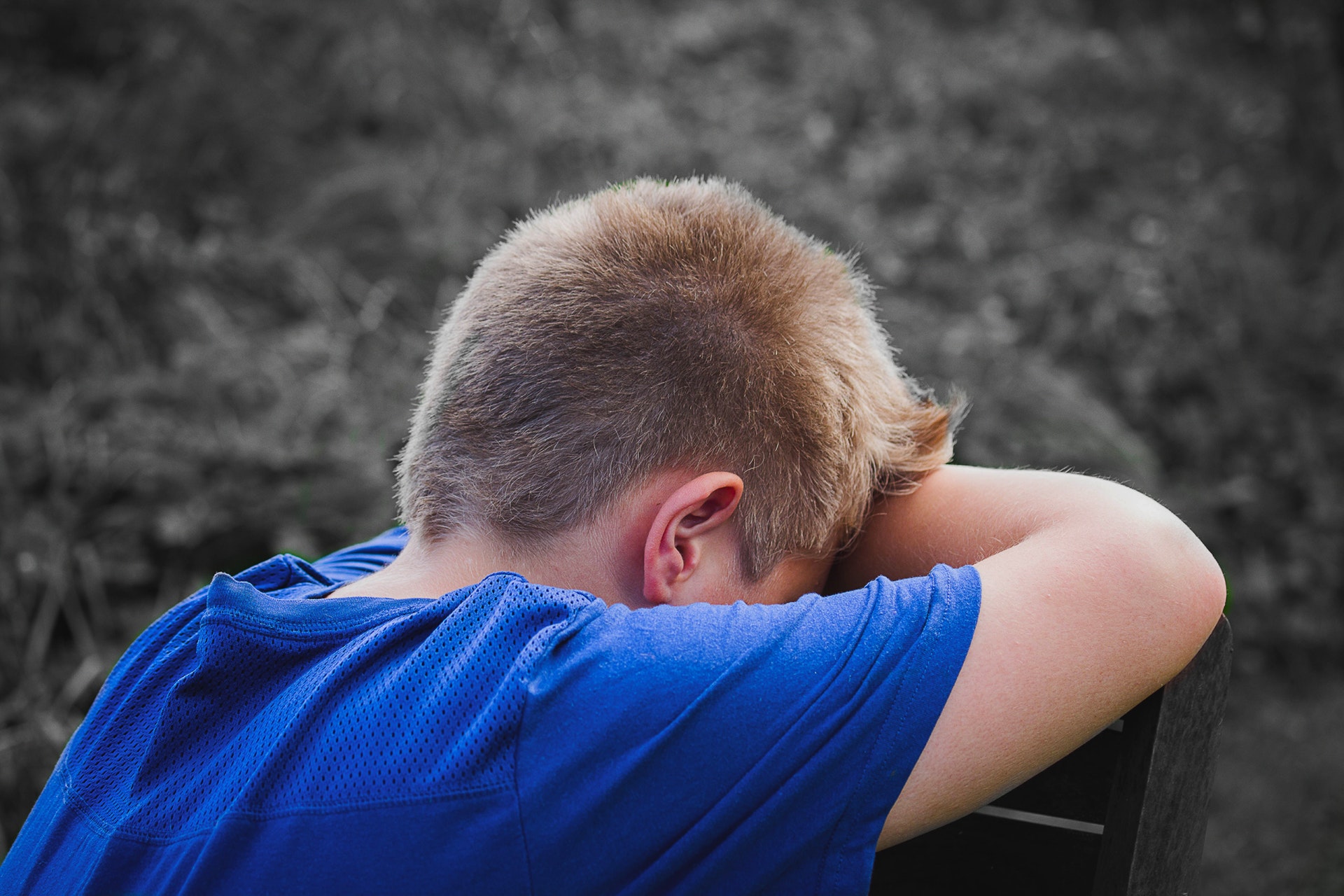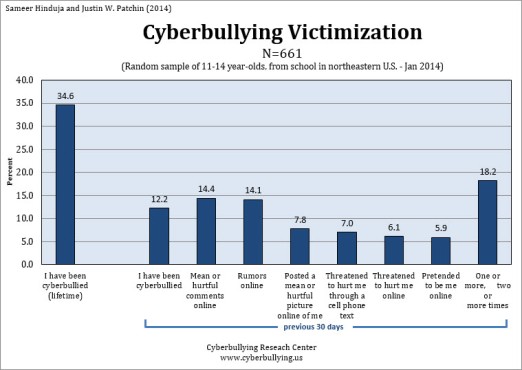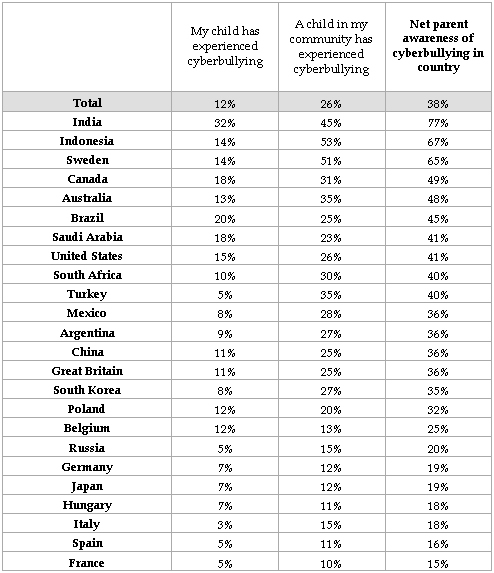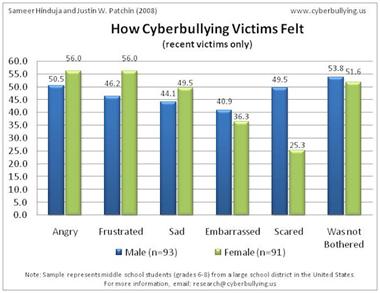Studies show: children/tweens/teens that were exposed to cyberbullying felt:
When these negative emotions aren’t dealt with properly, victims may resort to the following behaviors:
Withdrawal, seclusion, avoidance of social relationships
Poor academic performance<
Bullying others – to feel in control
In extreme cases – Suicide. Rachael Neblett and Ryan Patrick Halligan are two youngsters that committed suicide, and their suicide has been connected to cyberbullying. Other similar cases have been documented.
Cyberbullying is even more harmful to young people than face-to-face bullying for a number of reasons:
- Permanence: The insults, comments or images can be preserved by the person who was bullied or by others so that the victim may read or view them over and over again and the harm is re-inflicted with each reading or viewing.
- Audience size: The size of the audience that is able to view or access the damaging material increases the victim’s humiliation.
- Familiarity: Many young people are friends with or know their cyber bully either through school or other personal connections, increasing the potential for embarrassment and humiliation.
- Social Networking: Social networking sites such as Facebook and MySpace allow cyber bullies to engage in campaigns against a particular person which may involve many others.
- Speed: The speed at which harmful messages can reach large audiences also plays a major part in making cyberbullying so damaging to the targets.
As you see, the emotional effects that cyberbullying victims suffer can be devastating!
Sources:
Johnson, J. M. (2009, March). The impact of cyberbullying: A new type of relational aggression. Paper based on a program presented at the American Counseling Association Annual Conference and Exposition, Charlotte, NC.








